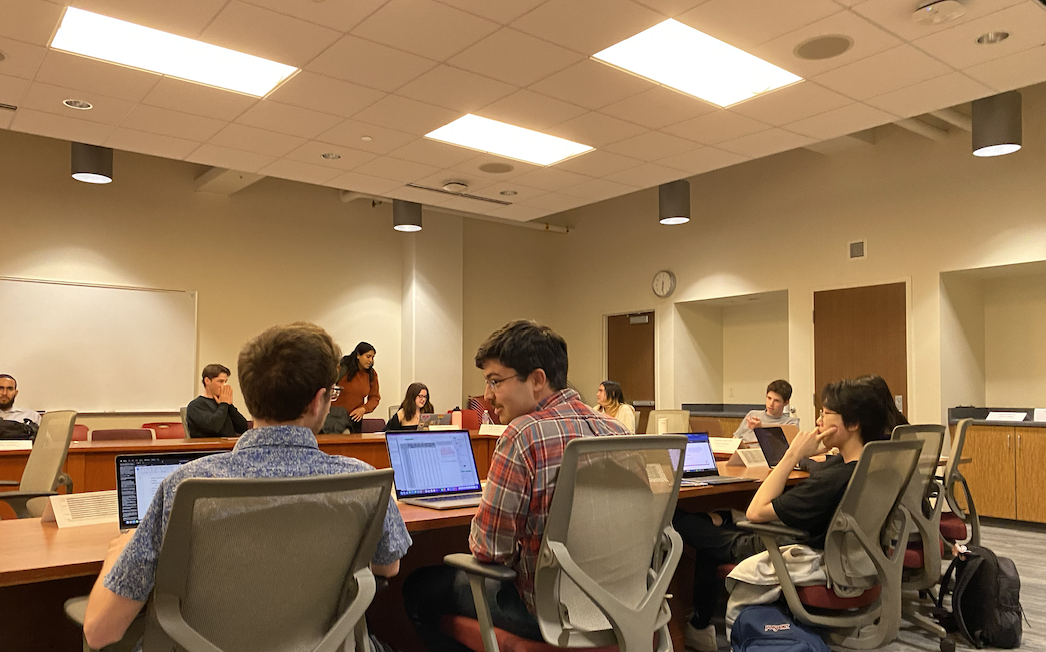Many people are now questioning the importance of sunscreen in cancer prevention, following publication of new research conducted by British scientists under surgeon Dr. Roy Sanders. The research suggests that sunscreen creams cannot fully protect people from an increasingly common form of skin cancer even when correct amounts are applied.
In his report, Sanders claims that sun creams were much less effective at blocking ultraviolet A (UVA) light, which can cause the skin cancer melanoma, than UVB. To test his theories, Sanders’ group exposed a variety of skin samples to UVA light at intensities similar to that of sunlight. Different skin samples were then treated with one of three popular high-SPF sunscreens which claim to contain some UVA protection. While the creams prevented the sun from burning the skin, they did not stop UVA rays from penetrating it, and therefore failed to thwart the skin cancer that can then develop.
University of Wisconsin assistant professor of dermatology Manish Gharia disagrees with the findings, though.
“I’m not very impressed with the study’s results,” Gharia said after reviewing the report. “While it is true that UVA rays are primarily responsible for causing skin cancer, it is really the sunburn itself which is directly responsible for cancer, and sunscreens were made to protect skin from burning, so they are still very necessary.”
Gharia went on to explain that the first sunscreens were meant to be UVB blockers, and now experts realize that “nothing is going to block the sun completely,” but the reflectors in sunscreen can repel the offending UVA and UVB rays.
UW senior Jana Weiland frequently tans both outside in the summer, and indoors year-round. Though Weiland does use tanning oil with an SPF of 4, as well as SPF 15 sunscreen on her face, she claims that, “I worry about possible damage, but I know my skin type is low-risk, because I don’t have a lot of moles or freckles, which are more likely to become cancerous, so I’m not too scared.”
According to the American Cancer Society’s website, skin cancer’s deadliest form (melanoma) is expected to strike 51,400 Americans this year and kill 7,800. While melanoma accounts for only about 4 percent of all skin cancer cases, it causes almost 80 percent of skin cancer deaths.
Another UW senior, Angie Osthus, is also a frequent tanner both indoors and out.
“I’ve been tanning since I was in the ninth grade,” Osthus said, “and recently I noticed a mole on my ankle that was raised and discolored, so I was pretty concerned.”
Recognizing the serious implications her altered mole could have, Osthus has resolved to take a break from tanning until she finds out exactly what is wrong.
Gharia recommends that students who tan outdoors avoid the sun during the peak hours of 10 a.m. to 4 p.m. when the sun’s rays are the strongest.
“Look for sunscreens with titanium, zinc oxide, and parsol,” Gharia recommends. “Spectra 3 by Coppertone is especially good. And even if it’s waterproof, you need to reapply every hour to hour and a half when in direct sun.”











